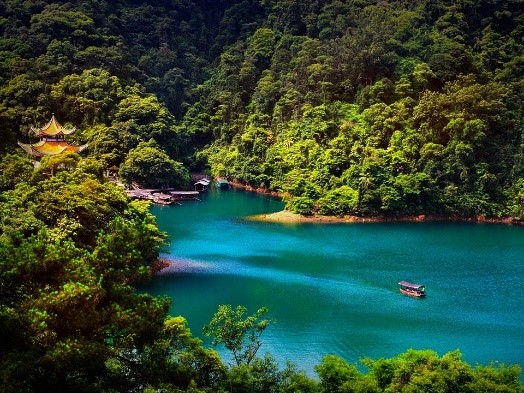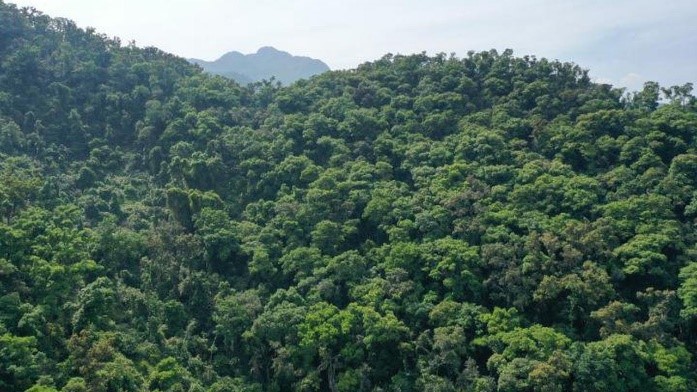

In September 2020, China’s president, Xi Jinping, announced the nation’s CO2 emissions would peak before 2030 and carbon neutrality would be achieved by 2060, in what has been termed a “double carbon policy.” In order to achieve this ambitious goal, China will have to use all the resources at its disposal to reduce and sequester as much carbon as possible while keeping with its economic growth targets.
With regard to this, the research group at the Dinghushan Forest Ecosystem Research Station, South China Botanical Garden, Chinese Academy of Sciences, Guangzhou, conducted a 3-year study at the Dinghushan biosphere reserve to ascertain the economic value implications of carbon sequestration in the ecosystem. This study was the first attempt to apply the eddy covariance technique to measure Carbon sequestration and the associated economic value implications.
The study found that subtropical forests are major carbon storage pools and therefore play a vital economic value through Carbon sequestration. They measured a sequestration average of 5,300 tons of Carbon per year equivalent to RMB 3.3 million (USD 530,000) in economic value addition to the region. The study concluded that economically, the Dinghushan biosphere reserve is highly significant to China’s Guangdong Province because of its rich biomass energy reserves via Carbon sequestration and these findings will stimulate the formulation of more aggressive conservation policies that will inevitably lead to better management of the reserve.
This study was published in the Journal of Cleaner Production (IF2021=11.072). Kenyan PhD student Brian Njoroge was the first author and Prof. Li Yuelin was the corresponding author. The research was funded by National Natural Science Foundation of China [31961143023, 31670453] with scholarship support from the Alliance of International Science Organizations (ANSO). For further reading, please refer to: https://doi.org/10.1016/j.jclepro.2022.134274



